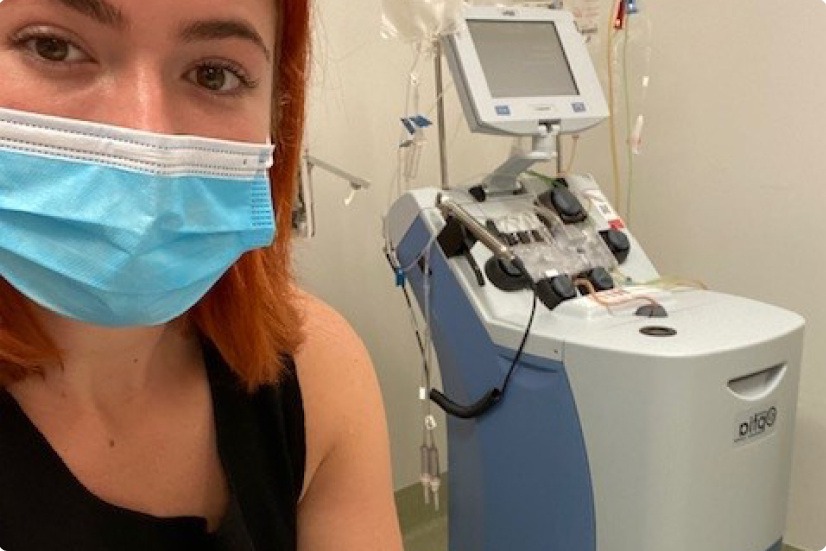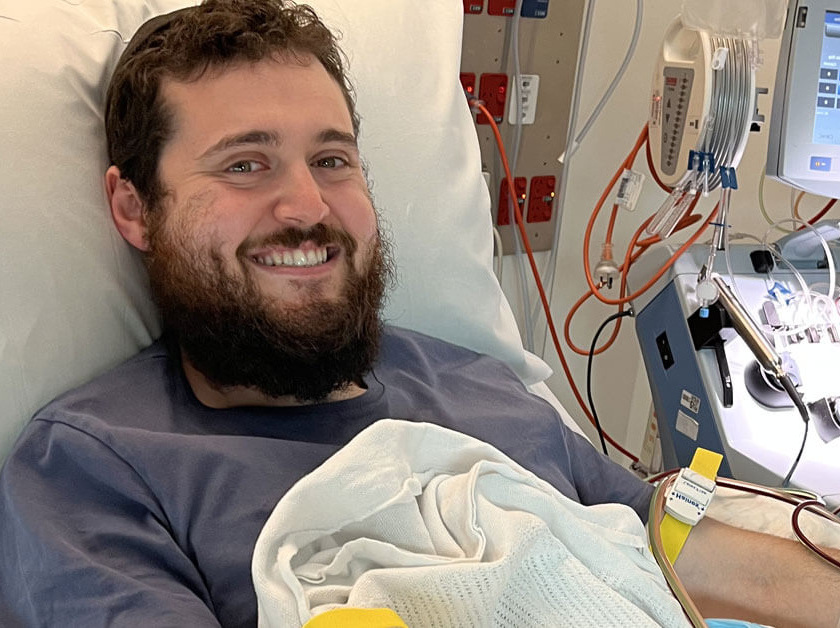Donation methods
There are two types of donation methods used to extract stem cells when you are matched with a patient in need.
Peripheral Blood Stem Cell (PBSC) Donation:
This is the most common method for stem cell donation. Before the donation, donors receive injections of a medication called G-CSF (Granulocyte Colony-Stimulating Factor) for several days. This medication stimulates the bone marrow to produce more stem cells and release them into the bloodstream, increasing the number of stem cells available for donation.
On the donation day, blood is drawn from one arm, and a machine filters out the stem cells. The remaining blood is returned to the donor via the other arm. This process is known as apheresis and is similar to blood or plasma donation.
Duration: The process typically takes 4-6 hours and is usually completed in one session.
Recovery: Donors generally recover quickly with mild side effects experienced, which usually subside not long after the donation.
90% of all donations are via PBSC.
Bone Marrow Donation:
If this method is required, bone marrow is collected under general anesthesia by inserting a thin needle, usually into the pelvis. The needle is then used to extract liquid marrow from the back of the hip bones for transplantation into the recipient. The body replenishes the donated bone marrow within approximately four weeks.
Duration: The procedure usually lasts 1-2 hours, but being under general anesthetic can mean an overnight stay, before or after the procedure. Depending on the time of the procedure, some collection centres will allow a donor to go home that day.
Recovery: After the donation, donors may experience mild soreness in the lower back for a few days, which some describe as similar to post-exercise soreness. Full recovery is generally expected within one to two weeks.
10% of donations are via bone marrow, and the method is usually only requested for pediatric patients.


